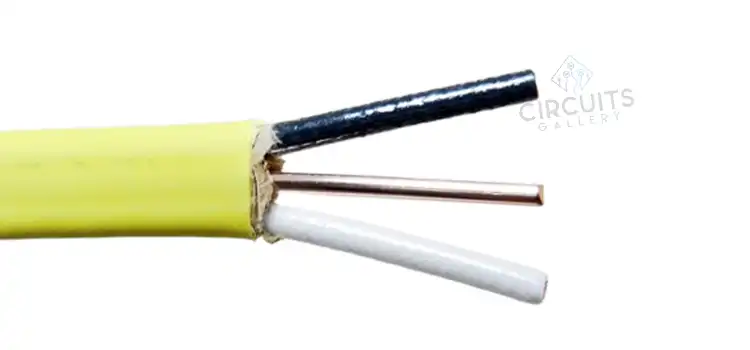How Far Can You Run 10 2 Wire? | 10 Gauge 2 Conductor Wire Length Limits
For 120 volts, 10 gauge copper wire can carry 30 amps at 140 ⁰F up to 57 feet, and for 240 volts, up to 114 feet. It can travel further at weaker currents. The circuit voltage and the electrical load it is carrying are two variables that affect how far a 10-2 wire can be run.
You will experience more voltage drop along the line the longer the wire is run and the heavier the load. Particularly for delicate equipment or long-distance runs, the voltage drop can lead to lower efficiency and possibly dangerous conditions.

What Is the Approximate Distance a 10 2 Wire Can Cover?
Calculate the voltage drop based on the current (amperage) and distance of the wire run to estimate the greatest distance a 10-2 wire can be run safely. Generally, for branch circuits, the National Electrical Code (NEC) suggests a 3% voltage drop limit. A table that displays the farthest distances 10 gauge wire can be run at 140°F and a power factor of 0.9 is given below.
| Current | Copper wire length at 140 ⁰F | |
| For 120V | For 240V | |
| 15 amps | 114 ft | 229 ft |
| 20 amps | 85 ft | 171 ft |
| 25 amps | 68 ft | 137 ft |
| 30 amps | 57 ft | 114 ft |
Now, to calculate the distance, the given parameters are,
Source Voltage (V) = 120 volts
Voltage Drop Percentage (Vd%) = 3%
Current (I) = 20 amperes
Impedance per 1000 feet (Z) = 1.1 ohms (from NEC Table 9, assuming 10-gauge wire at 0.85 power factor)
Step 1: Calculate the Voltage Drop
Voltage Drop (Vd) = Vd% * Source Voltage / 100
Vd = 3% * 120 volts / 100
Vd ≈ 3.6 volts
Step 2: Determine the Distance
Length (feet) = Vd * 1000 feet / (2 * I * Z)
Length ≈ 3.6 volts * 1000 feet / (2 * 20 amperes * 1.1 ohms)
Length ≈ 3600 feet / (2 * 20 * 1.1) feet
Length ≈ 3600 feet / 44 feet
Length ≈ 81.82 feet
The maximum safe distance for the 10-gauge wire on a 20-amp circuit at 120 volts is calculated to be roughly 81.82 feet using this method. It’s vital to remember that this method only provides a conservative estimate and ignores a number of additional variables, like temperature, power factor, and other circuit loads, that can affect voltage drop.
Frequently Asked Questions and Answers (FAQs)
Can I Use a Larger Wire Gauge to Increase the 10-2 Wire’s Maximum Safe Distance?
Yes, voltage loss can be reduced and the safe distance for electrical installations can be increased by utilizing bigger wire gauges, such as 8-2 or 6-2.
Are There Any Safety Concerns With Extending the Use of 10-2 Wires?
Yes, greater voltage drops over longer distances may have an impact on the functionality of electrical equipment. For safety, it is essential to follow voltage drop restrictions and refer to electrical codes.
Conclusion
The voltage drop limit, circuit current, and wire gauge all play a role in determining the farthest safe distance for running 10-2 wires. When planning electrical installations, it’s crucial to take these things into account and refer to local electrical codes in order to ensure safety and dependability.
Subscribe to our newsletter
& plug into
the world of circuits